If you’re considering buying a new camera, there are a few things you should keep in mind to ensure that you get the best camera for your needs. In this article, we’ll explore five essential things you should know before purchasing a new camera.
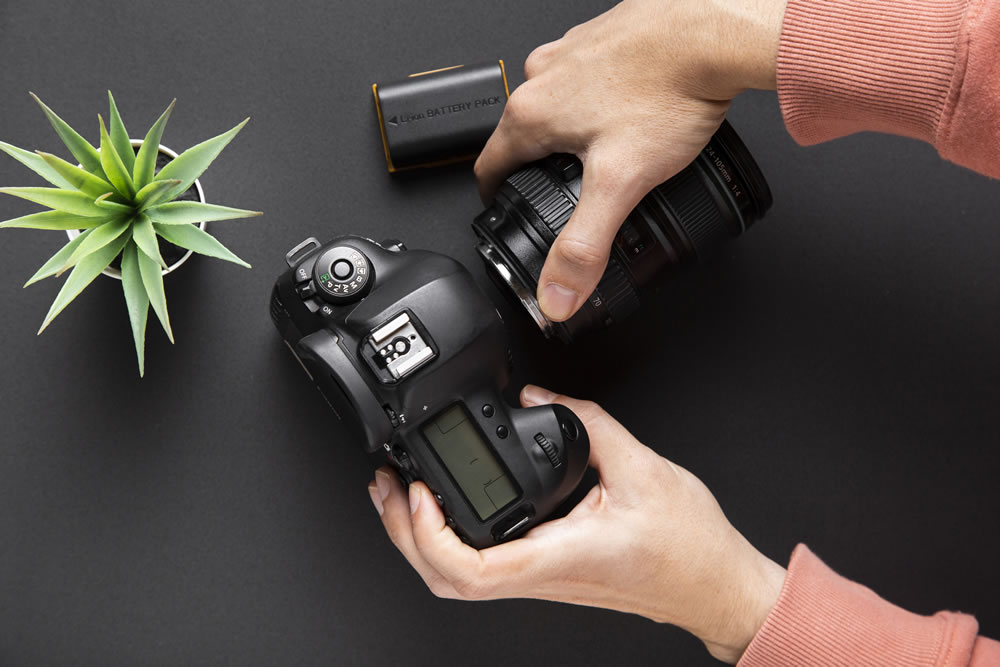
Determine Your Photography Needs
Determining your photography needs is an important step before buying a new camera. This involves assessing what type of photography you plan to do, as well as your level of experience and desired outcome.
If you’re an amateur photographer, you may just be looking for a camera that takes high-quality photos of family and friends, or captures memories while on vacation. In this case, a point-and-shoot camera or a mid-range camera with basic features could be suitable.
On the other hand, if you’re a professional photographer, you may require a high-end camera with advanced features to capture photos for clients or for your portfolio. You may also need different lenses and other accessories to get the desired effect in your photos.
It’s also essential to consider what types of photography you plan to do. For example, if you’re interested in landscape photography, you may want a camera with a wide-angle lens and good low-light performance. If you plan to shoot portraits, you may need a camera with a fast autofocus system and the ability to capture shallow depth-of-field.
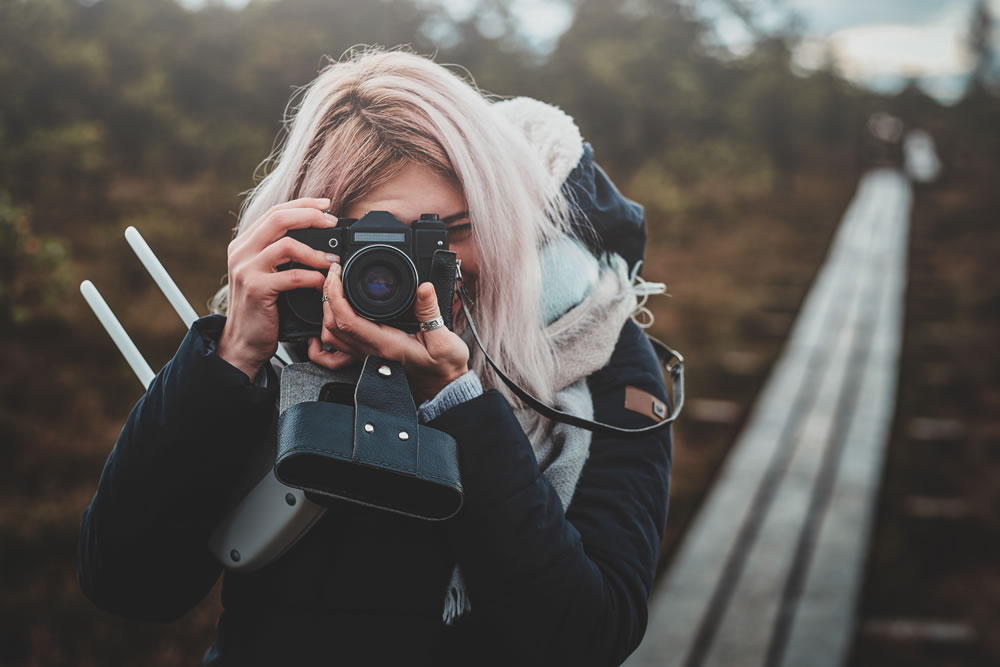
Research Camera Types
Researching camera types is a critical step before purchasing a new camera. There are several types of cameras available in the market, each with its own strengths and weaknesses.
One type of camera is the point-and-shoot camera, which is small and easy to use. Point-and-shoot cameras are designed for casual photographers who want a camera that can be easily carried around and used in everyday situations. They typically have fixed lenses and limited manual controls, but are convenient and affordable.
Another type of camera is the mirrorless camera, which is similar in size to point-and-shoot cameras but offers more advanced features. Mirrorless cameras use electronic viewfinders instead of traditional optical viewfinders, which can make them easier to use in low light conditions. They also typically have interchangeable lenses and manual controls, making them popular among enthusiasts and professionals.
The third type of camera is the DSLR (Digital Single Lens Reflex) camera, which is the traditional choice for professional photographers. DSLRs have a mirror and prism system that reflects light from the lens into an optical viewfinder, allowing for a clear and accurate preview of the image. They offer advanced manual controls and interchangeable lenses, and are capable of capturing high-quality images in a variety of situations.
Each camera type has its own set of advantages and disadvantages, so it’s important to consider your photography needs and preferences before choosing a camera. If you prioritize portability and convenience, a point-and-shoot or mirrorless camera may be the best choice. If you require more advanced features and manual control, a mirrorless or DSLR camera may be a better fit. By researching camera types, you can select the camera that best suits your needs and helps you achieve your photography goals.
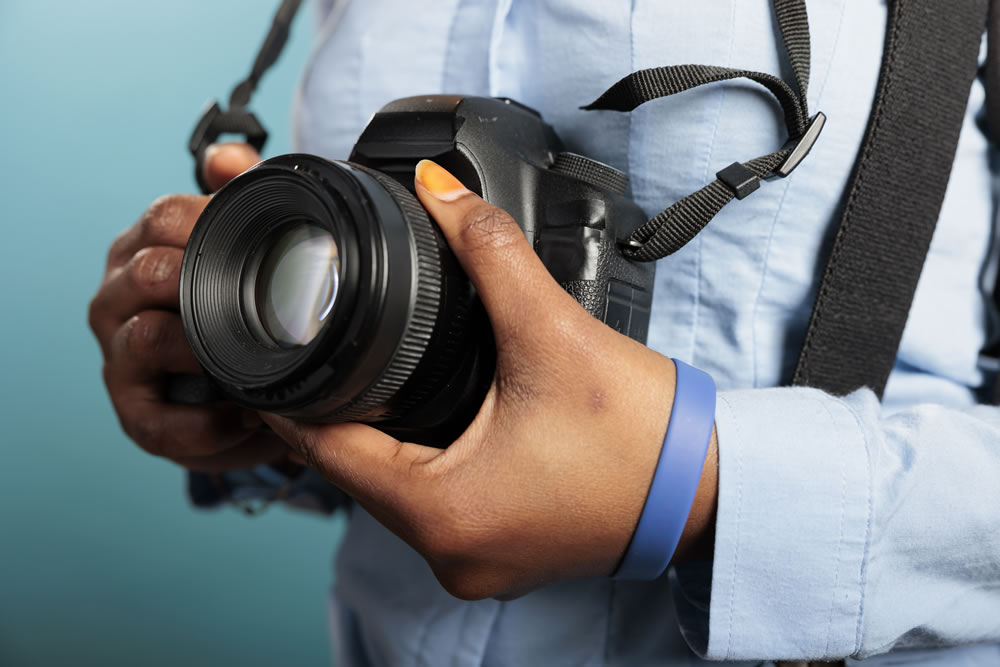
Consider Camera Features
When considering camera features, it’s important to think about what kind of photography you plan to do and what you want to achieve with your camera. Here are some features to consider when choosing a camera:
- Megapixels: Megapixels determine the resolution of your camera’s images. Higher megapixel counts can produce sharper and more detailed images, but they also require more storage space.
- Sensor size: The size of the camera’s sensor can affect image quality, particularly in low-light conditions. Larger sensors generally perform better in low light and produce better image quality overall.
- ISO range: ISO measures the camera’s sensitivity to light. Cameras with a wider ISO range can perform better in low-light conditions without requiring a flash.
- Autofocus system: The autofocus system determines how quickly and accurately your camera can focus on your subject. More advanced autofocus systems can track moving subjects and focus more accurately in low light.
- Image stabilization: Image stabilization can help reduce blur caused by camera shake, particularly when shooting at slow shutter speeds or with longer focal lengths.
- Video capabilities: If you plan to shoot video, consider a camera with good video capabilities, such as 4K resolution or slow-motion capabilities.
- Connectivity: Some cameras come with built-in Wi-Fi or Bluetooth capabilities, which can allow for easy sharing and transferring of photos.
By considering these features, you can choose a camera that meets your specific photography needs and goals. Remember to also consider your budget, as more advanced features may come with a higher price tag.
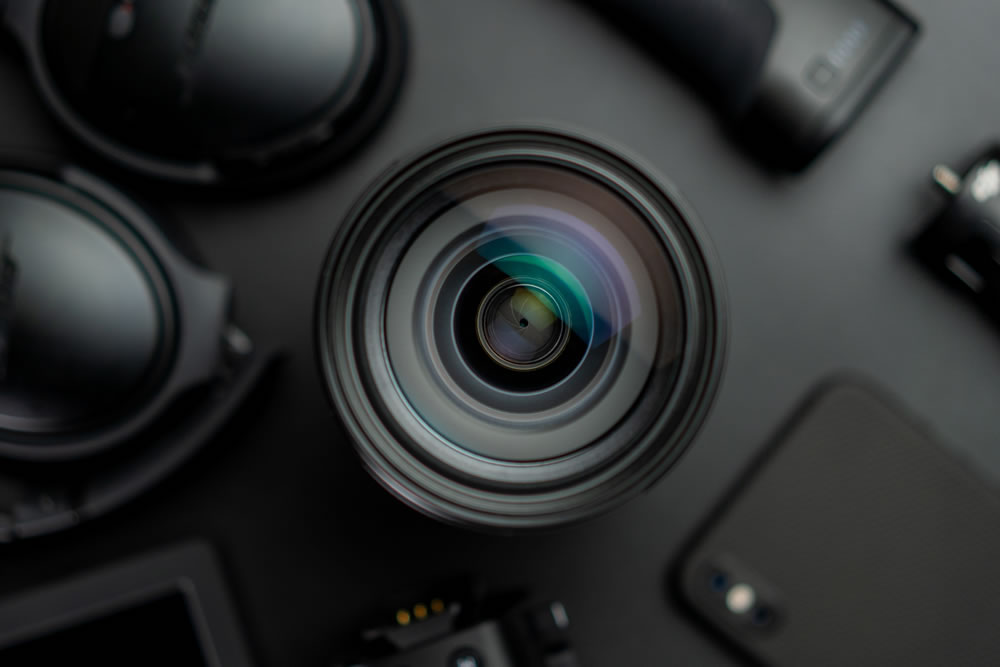
Set a Budget
Setting a budget is an important step when buying a new camera. Cameras can range in price from a few hundred dollars for basic models to several thousand dollars for high-end cameras with advanced features.
It’s important to consider how much you are willing to spend on a camera before you start shopping. Setting a budget will help you narrow down your options and avoid overspending.
When setting your budget, consider your photography needs and goals. If you’re a beginner or only plan to use your camera for casual photography, you may not need to spend as much as a professional photographer who requires more advanced features.
It’s also important to consider additional costs, such as lenses, memory cards, and camera bags. These accessories can add up quickly, so be sure to factor them into your budget.
Once you’ve set your budget, do some research to find cameras within your price range that meet your needs. You may be able to find deals on older models or refurbished cameras that can help you save money without sacrificing quality.
Remember, a higher price tag doesn’t always guarantee better quality. By setting a budget and doing your research, you can find a camera that meets your needs and fits within your budget.
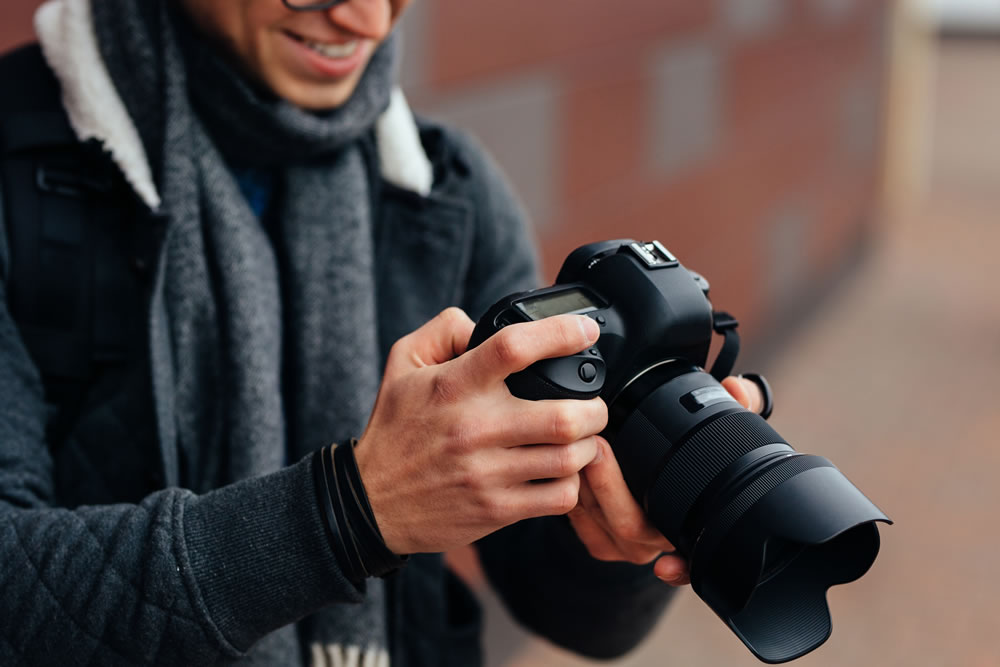
Protect Your Investment
Once you’ve purchased a camera, it’s important to protect it. Camera insurance protects your camera and photography equipment from a variety of perils, including theft, accidental damage, and loss. Some camera manufacturers offer insurance plans, but there are also third-party insurance providers that offer comprehensive coverage at a reasonable price. Be sure to read the policy carefully to understand what is covered and any limitations or exclusions.
Conclusion
In conclusion, purchasing a new camera can be an exciting and rewarding experience. However, it’s important to do your research and determine your photography needs before making a purchase. Consider camera types and features, set a budget, and don’t forget to protect your investment with camera insurance. With these tips in mind, you’ll be well on your way to capturing stunning photographs with your new camera.










